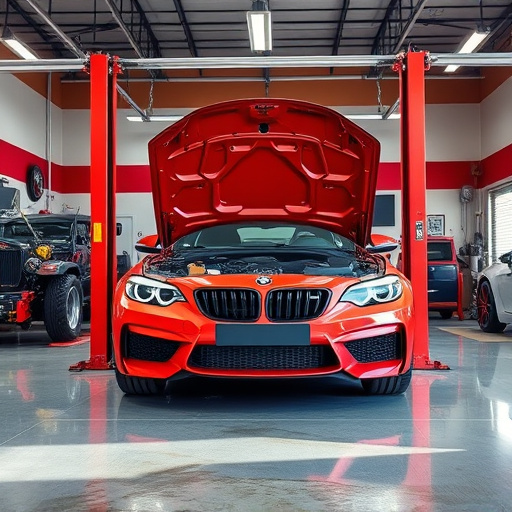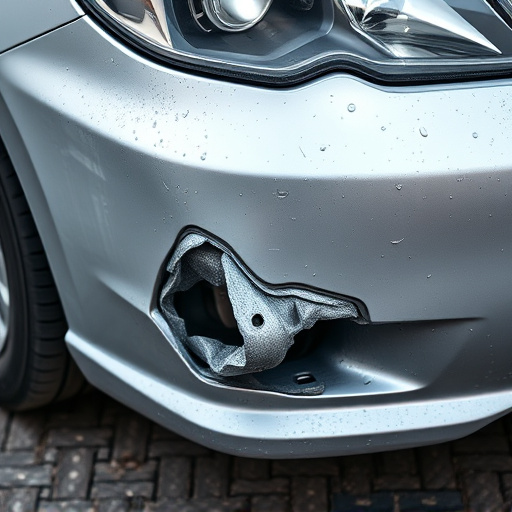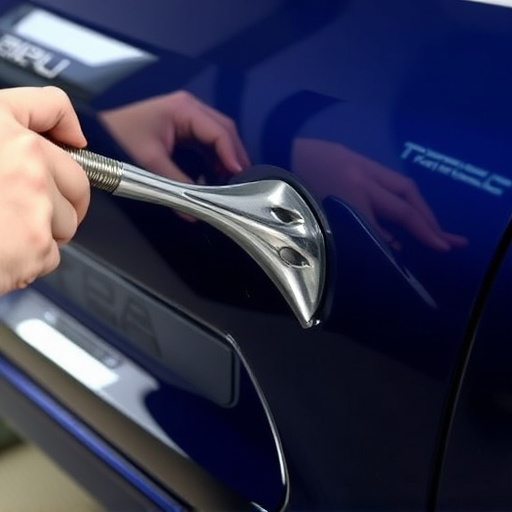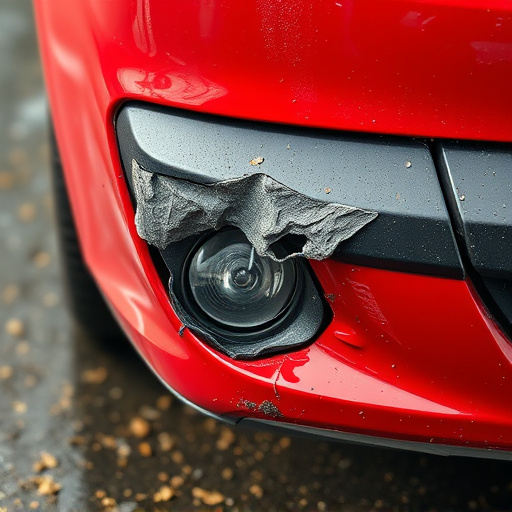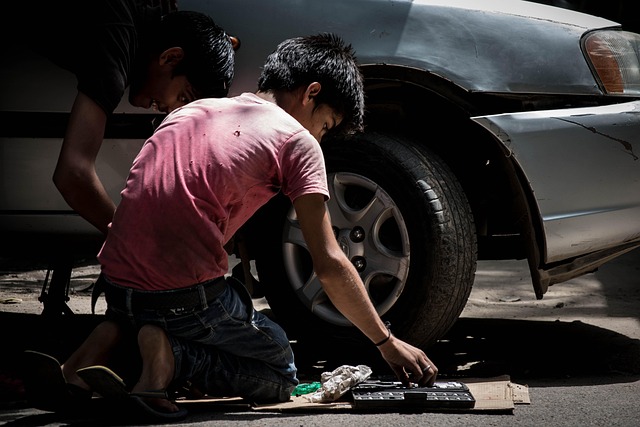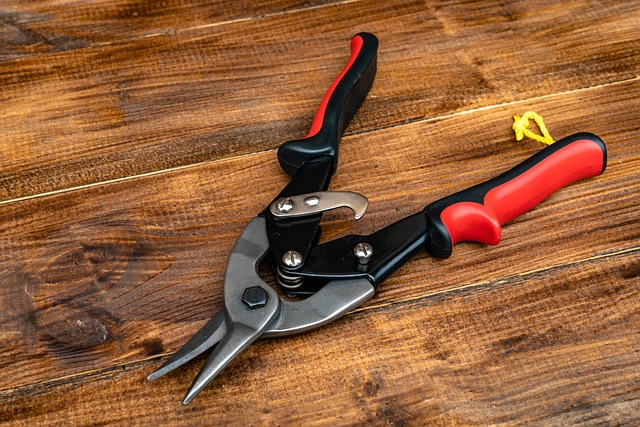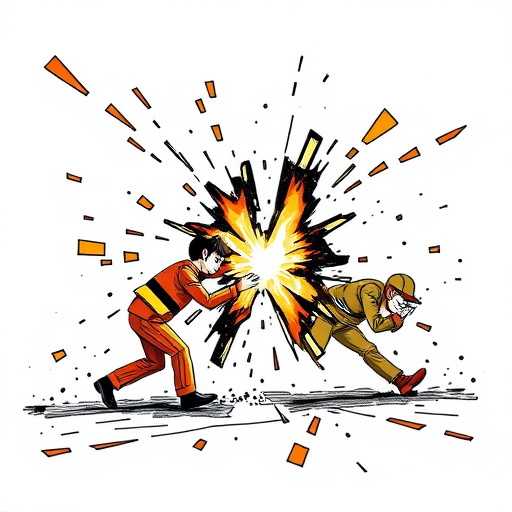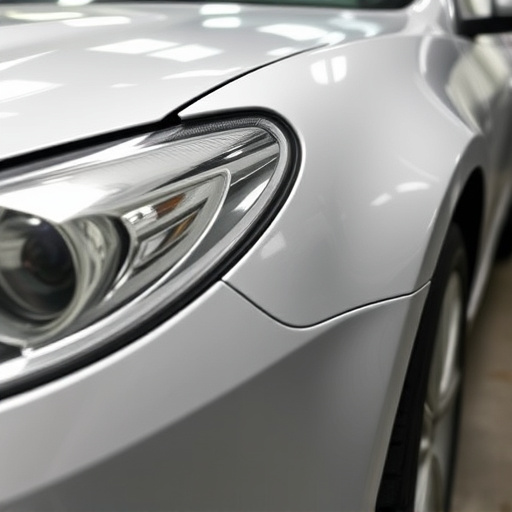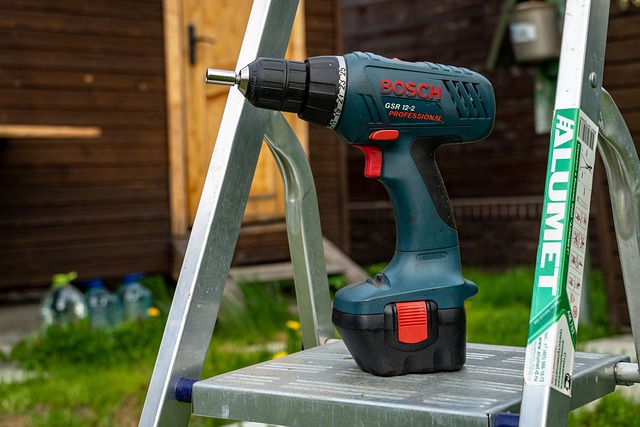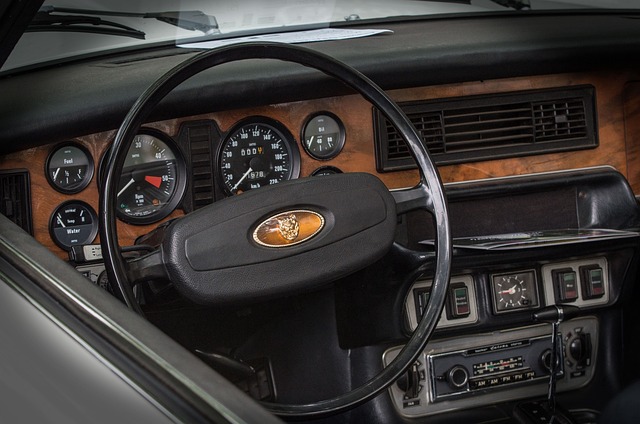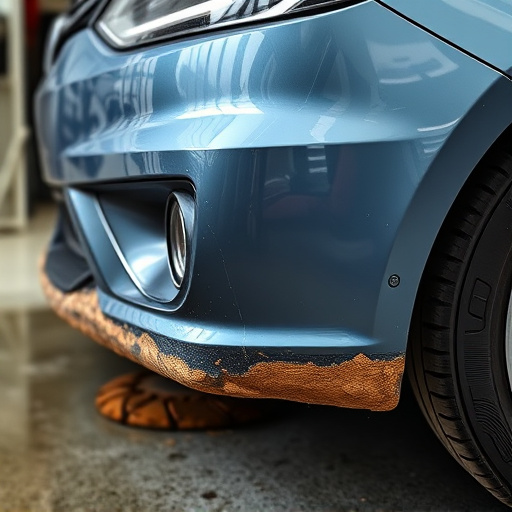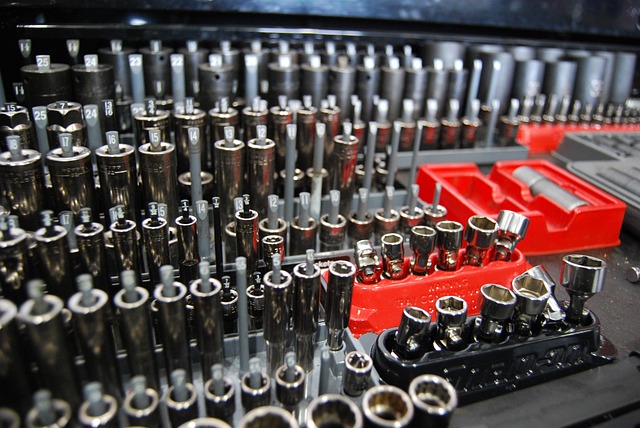Auto body insurance coverage protects car owners from unexpected repair costs due to accidents, vandalism, or natural disasters. Policies vary in deductibles, coverage limits, and exclusions. Collision covers accident repairs while comprehensive includes non-crash incidents like storms or theft. Choosing the right plan involves understanding needs, local risks, and comparing costs for peace of mind and adequate protection.
New to auto ownership? Navigating auto body insurance coverage can seem daunting, but understanding your options is crucial. This comprehensive guide is designed for complete beginners, offering insights into the fundamentals of auto body insurance. From collision and comprehensive coverage types to choosing the ideal repair plan, we’ll demystify the process step by step. By the end, you’ll be equipped with knowledge to make informed decisions regarding your vehicle’s protection.
- Understanding Auto Body Insurance Coverage Basics
- Types of Coverage: Collision and Comprehensive
- How to Choose the Right Auto Body Repair Plan
Understanding Auto Body Insurance Coverage Basics
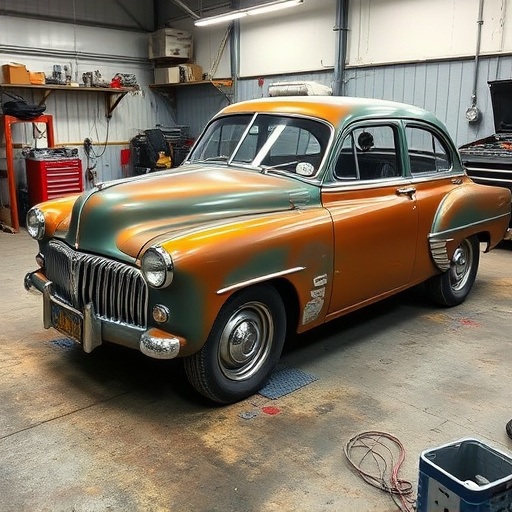
Auto body insurance coverage is designed to protect car owners from unexpected repairs and costs associated with damage to their vehicle’s exterior. This includes a range of services, such as bumper repair, car paint repair, and other body shop services, that can arise from accidents, vandalism, or natural disasters. Understanding the basics of auto body insurance coverage is crucial for ensuring you’re adequately protected without paying excessive premiums.
When considering auto body insurance coverage, it’s important to recognize that policies vary in terms of deductibles, coverage limits, and specific exclusions. A deductible is the amount you’ll pay out-of-pocket before your insurance kicks in, while coverage limits determine how much insurance will cover for eligible repairs. Exclusions are circumstances or events not covered by your policy, such as wear and tear or routine maintenance. Familiarizing yourself with these elements allows you to choose a policy that aligns with your needs and budget, ensuring peace of mind on the road.
Types of Coverage: Collision and Comprehensive
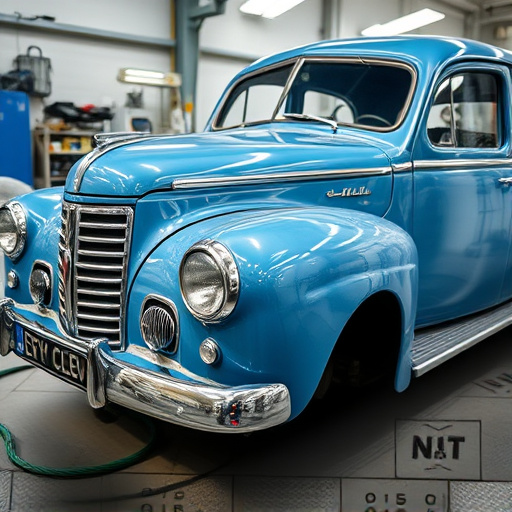
Auto body insurance coverage is designed to protect against unexpected damages to your vehicle. Two primary types of coverage stand out: Collision and Comprehensive. Collision coverage steps in when your car experiences damage due to a collision with another object or vehicle. This includes accidents where you’re at fault, or when another driver is at fault. Regardless of culpability, collision insurance helps pay for repairs to get your vehicle back on the road.
Comprehensive coverage, on the other hand, covers a wide range of incidents beyond collisions. This includes damage from natural disasters like storms and floods, animal-related accidents, vandalism, and even theft. When choosing between these options, consider the likelihood of each type of incident happening and your financial situation. Comprehensive insurance might be beneficial if you live in an area prone to severe weather or high crime rates, while collision coverage could suffice for safer regions. For instance, if you’re planning a restoration project at a car body shop after a minor fender bender, collision coverage will cover the repairs, whereas comprehensive coverage would kick in for more unforeseen events like breaking into your garage and stealing your vehicle.
How to Choose the Right Auto Body Repair Plan
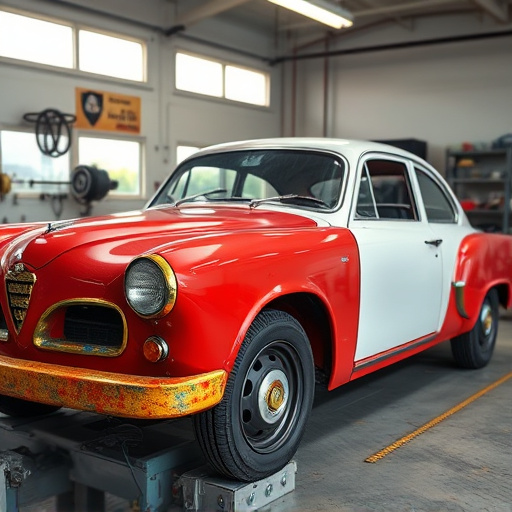
Choosing the right auto body insurance coverage can seem daunting, but understanding your needs is key. First, assess the types of damages you’re likely to encounter—whether it’s a minor fender bender or a more severe accident involving car dent repair or even vehicle paint repair. This will help determine if you need comprehensive or collision coverage. Comprehensive typically covers all non-crash related incidents like theft or natural disasters, while collision focuses on accidents.
Next, consider the cost of auto body repairs in your area. Researching average prices for car body repair services can give you a clearer picture of what’s covered under different plans. Remember to compare not just the costs, but also the range of services offered. Some policies may exclude specific types of damage or have deductibles that could significantly impact your out-of-pocket expenses for car dent repairs or vehicle paint repairs. By balancing cost, coverage, and your specific needs, you can select an auto body insurance coverage plan that offers the right balance of protection and peace of mind.
Auto body insurance coverage is a vital component of any vehicle owner’s safety net. By understanding the basics, exploring different types like collision and comprehensive, and carefully selecting a suitable plan, you can protect your car’s value and ensure seamless repairs in case of damage. This beginner’s guide equips you with the knowledge to make informed decisions regarding auto body insurance, ensuring peace of mind on the road.
